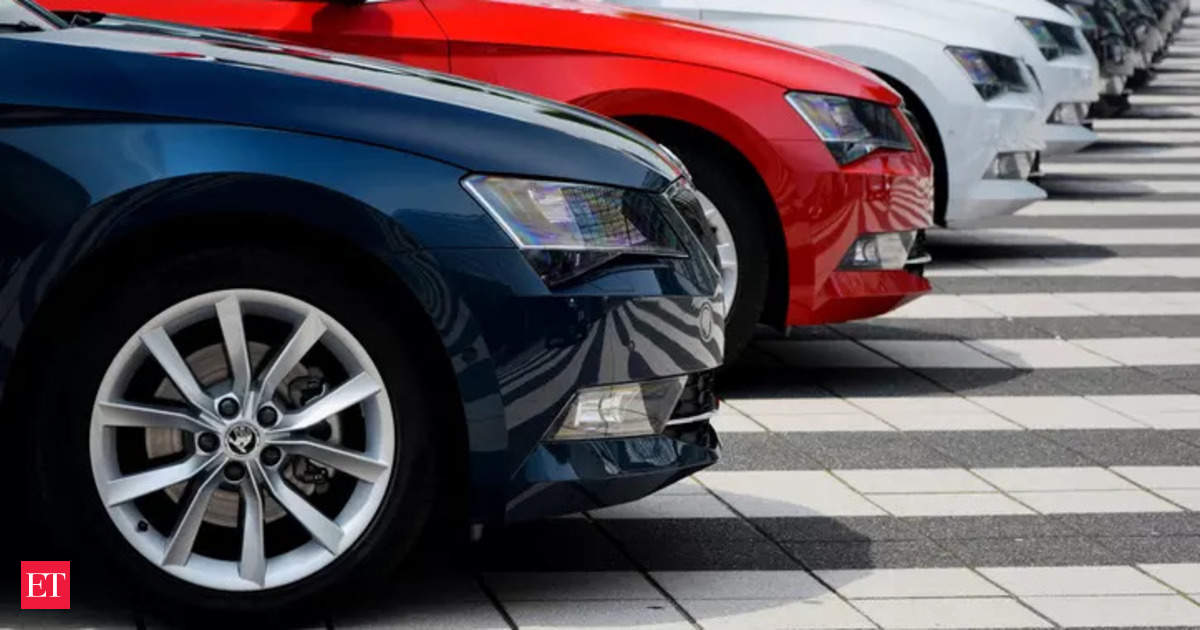Mahindra & Mahindra (M&M), Toyota Kirloskar Motor and Kia India reported higher sales, while others including the top three—Maruti Suzuki, Hyundai and Tata Motors saw sales decline during the period.
Sales at Toyota Kirloskar—the maker of Fortuner and Innova Hycross models—grew more than 31%–the fastest pace among all automakers, in a market where overall volumes expanded by only 0.5%. M&M and Kia followed, clocking sales growth of 21% and 5.6%, respectively, according to data from the Society of Indian Automobile Manufacturers (SIAM).
Toyota, Mahindra and Kia have been expanding their footprint with fresh products in the country’s fast-growing utility vehicle segment, which has helped them shore up volumes.
Nalinikanth Gollaguna, CEO, automotive division, M&M, said the company’s robust portfolio of SUVs, newly bolstered with the XUV3X0 and the Thar Roxx, “continue to be in great demand”. He said the company is working on expanding capacity across its petrol/diesel and electric vehicles by 15,000 units per month by the end of the fiscal year.
However, the top three carmakers—Maruti Suzuki, Hyundai and Tata Motors posted up to 3% drop in sales in the six months ended September, impacted by weak consumer sentiment, especially in the small car segment where these companies also have a presence.UVs continued to gain ground in the Indian market with sales growing by 13% to 1.34 million units in the fiscal first half. Sales of hatchbacks and sedans fell 18.5% to 660,098 units.

Surging UV sales have lifted the vehicle category’s share in the domestic passenger vehicle market to 65%, a nearly 8 percentage point rise from a year earlier.
“The PV market in India grew by more than 50% to 4.22 million units in FY24, from 2.77 million units five years back. And when there are certain segments declining amid this (increase), there has to be structural shifts behind it. With rising disposable income and easy access to financing, younger customers are being able to afford slightly more expensive models,” Shailesh Chandra, President, SIAM told ET, adding, there are other buyers who are preferring affordable micro-SUVs or larger pre-owned vehicles.
Hatchbacks and sedans comprise only about 17% of total sales at Toyota, but their share is much higher at Maruti Suzuki, Hyundai and Tata at 51%, 32% and 23%, respectively.
Hardeep Singh Brar, vice-president and head (sales and marketing) at Kia India said the company has seen positive customer response to the new Sonet compact SUV. He said Kia’s rapid network expansion has also been “instrumental” in growing volumes. The company added over 100 new dealerships across more than 55 cities in eight months.
Sabari Manohar, vice-president (sales, service, used car business) at Toyota Kirloskar said, “SUV and MUV segments continue to be our biggest contributors with models like the Innova Crysta, Innova Hycross, Fortuner, Legender, Urban Cruiser Hyryder, Hilux and LC-300 pumping up volumes.”
Surging sales spurred Toyota to start a third shift at its factory unlike some other carmakers who are adjusting production in line with tepid demand.
Market leader Maruti Suzuki feels the setback in the small car market is temporary given India’s demographics. While UV demand will continue to grow, the company said demand for small cars will revive once affordability of entry-level buyers improves. Hyundai and Renault too said though the share of small cars have dipped in the last few years, volumes remain significant necessitating presence in the segment.
“India is a growing economy, where the demand for transportation will only increase. The cross consideration between traditional hatchbacks and micro SUVs is likely to get higher, but demand for cars at the entry level will continue to be there because of low vehicle penetration and our demographics,” an industry expert said, requesting anonymity.
As much as 65% of the country’s population is less than 35 years, a demographic that economists and analysts believe will spur consumption across industries in the coming years. The International Monetary Fund (IMF) has projected India to become a $5 trillion economy with the third highest GDP by FY2028.

